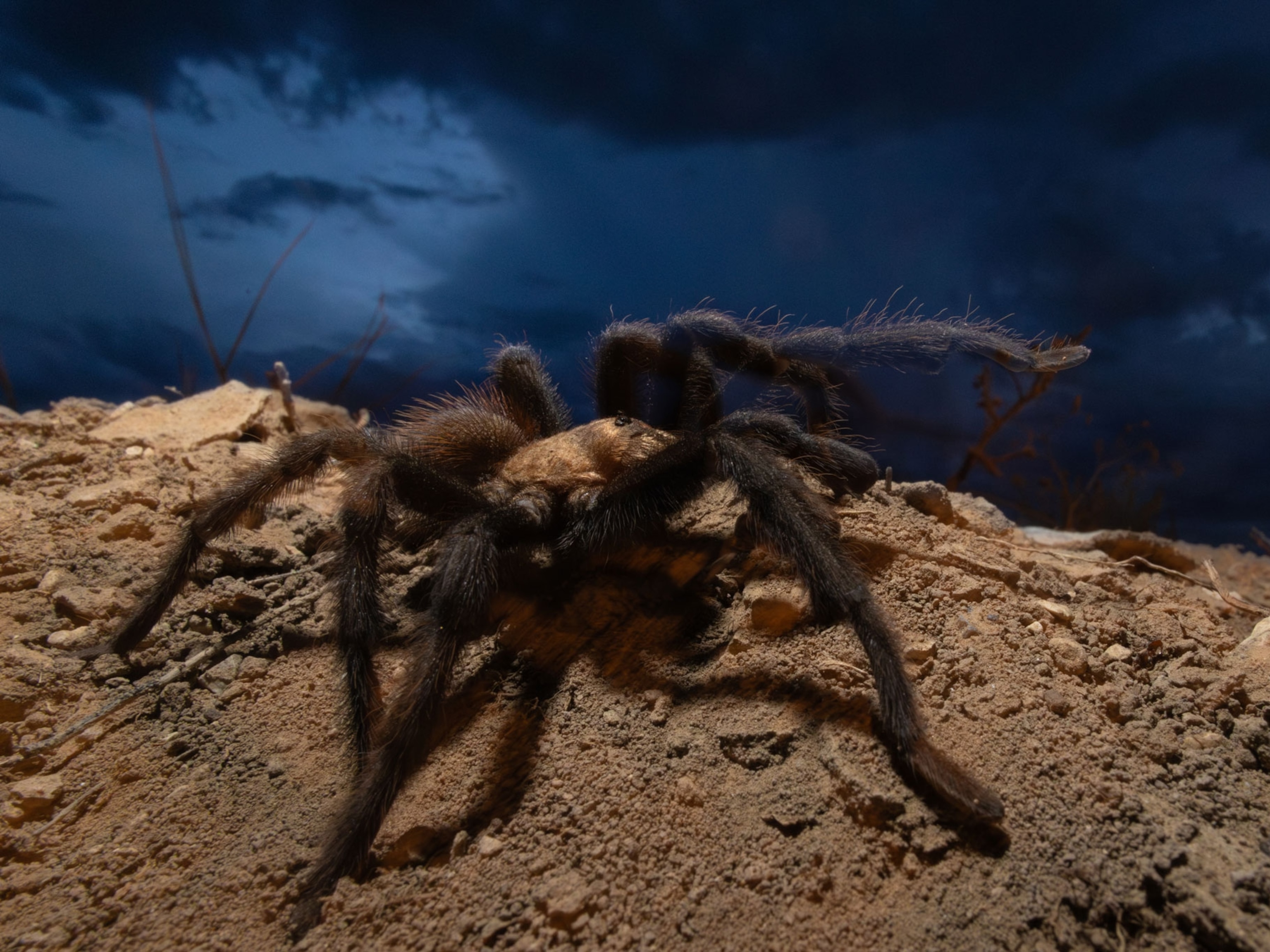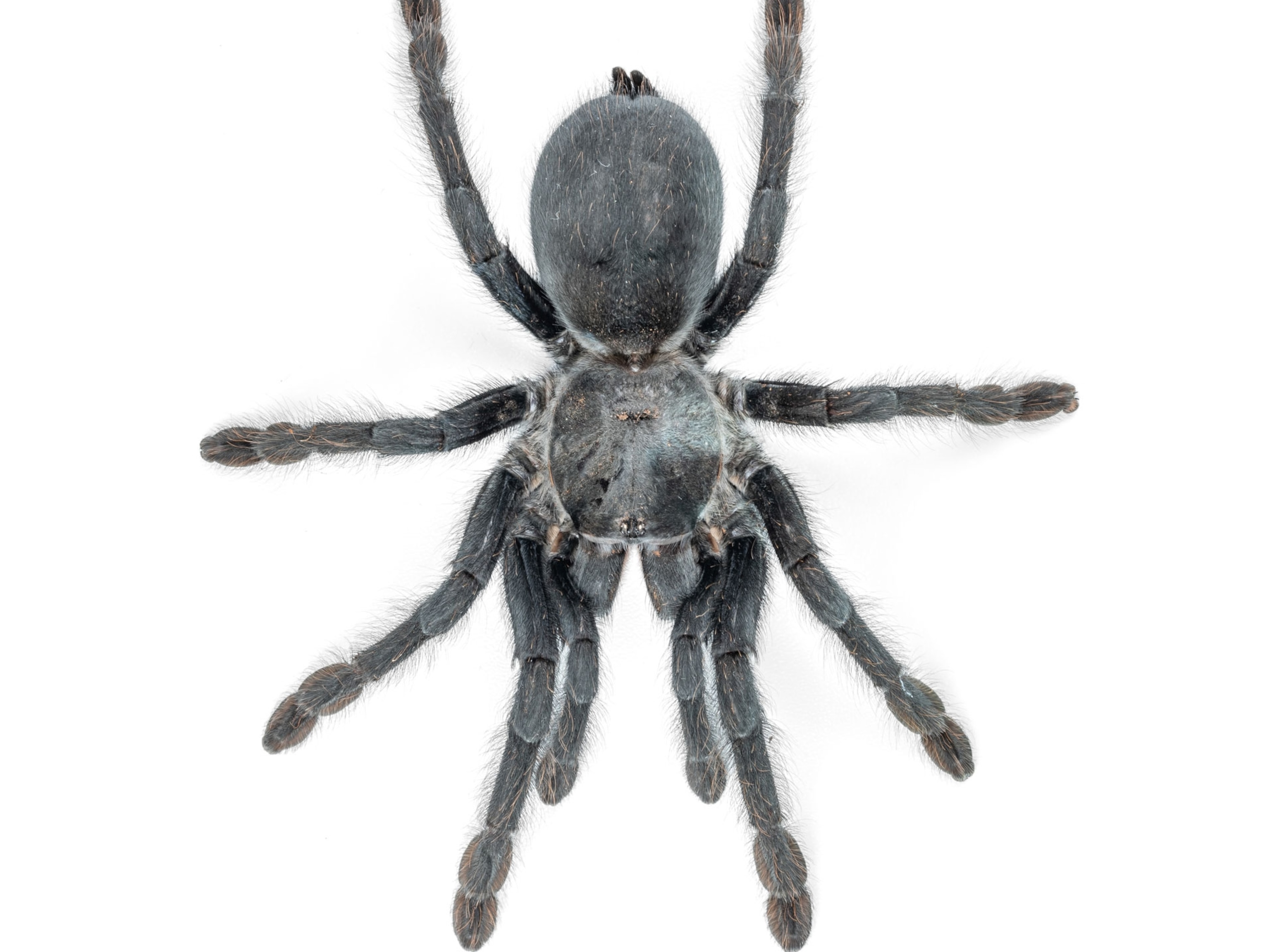
A mesmerizing look at nature's eight-legged wonders
From tarantulas to jumping spiders, these intimate portraits of arachnids show how unique, beautiful, and even charming they are.
Spiders are remarkably diverse. There are more than 50,000 known species, including diving bell spiders that live mostly underwater, arctic wolf spiders that can thrive north of the Arctic Circle, and giant spiny trapdoor spiders that can reach the ripe old age of 43. But many people never give arachnids a chance. (How scientists found ‘Nemo,’ Australia’s newest dancing spider.)




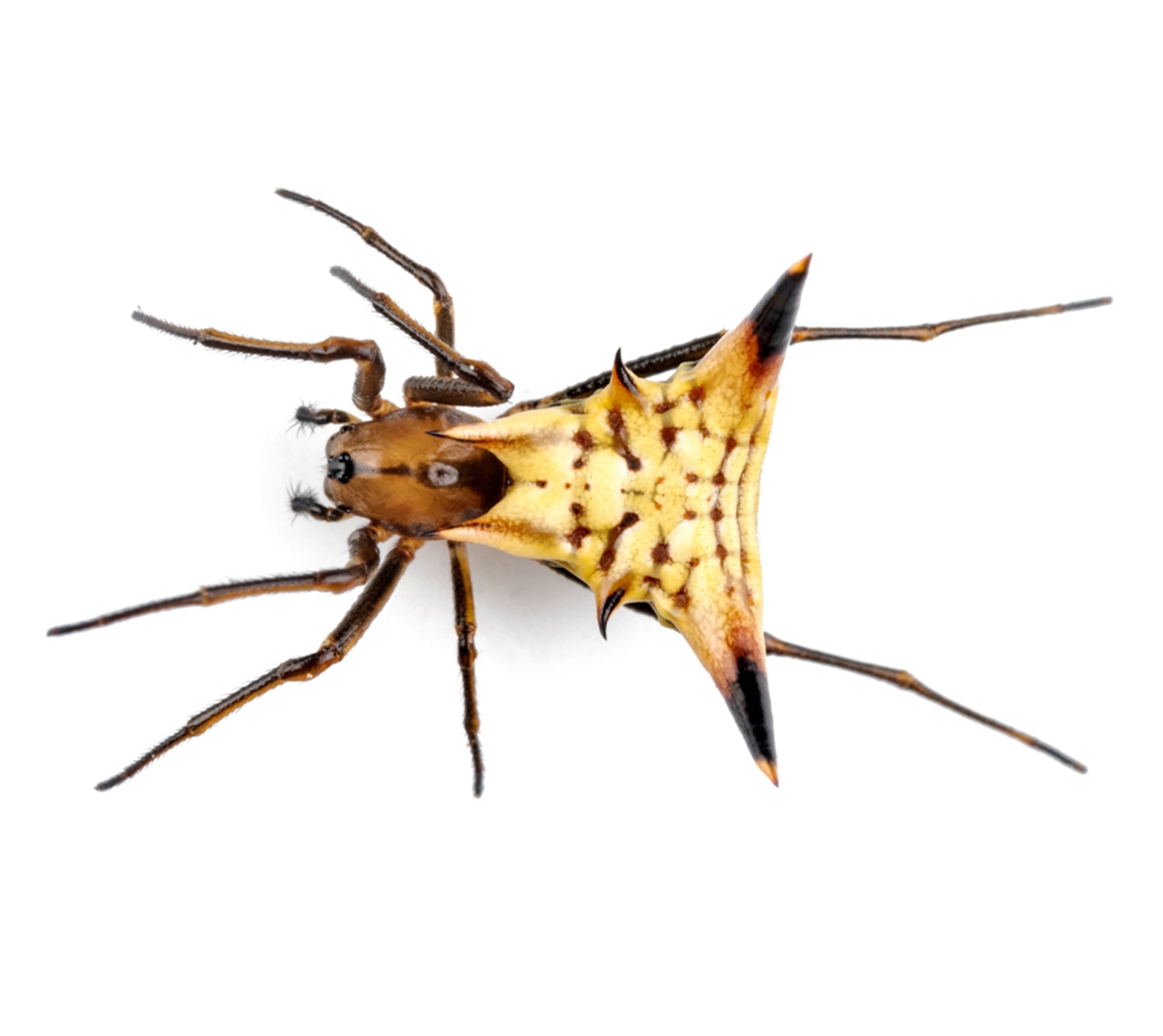
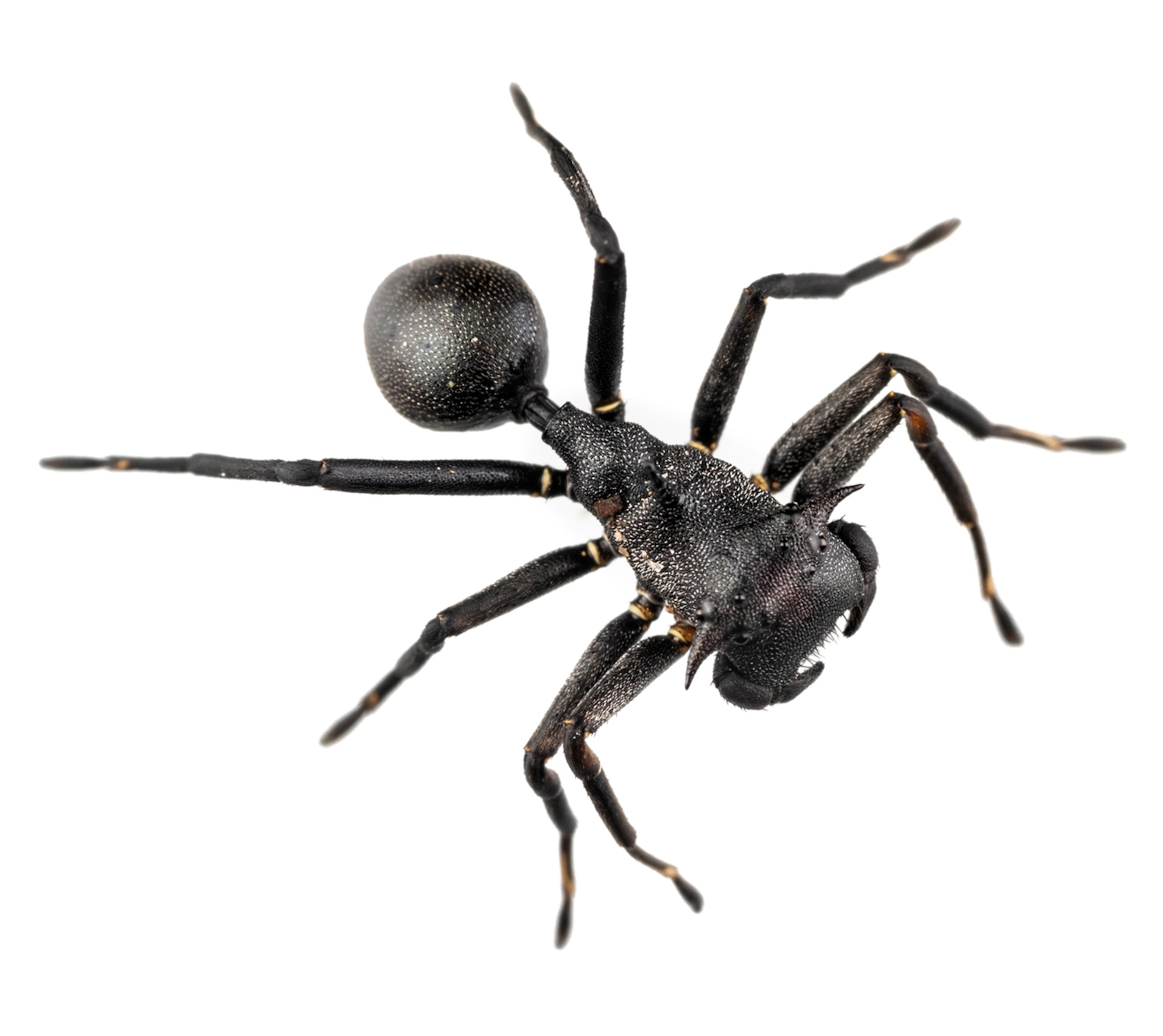
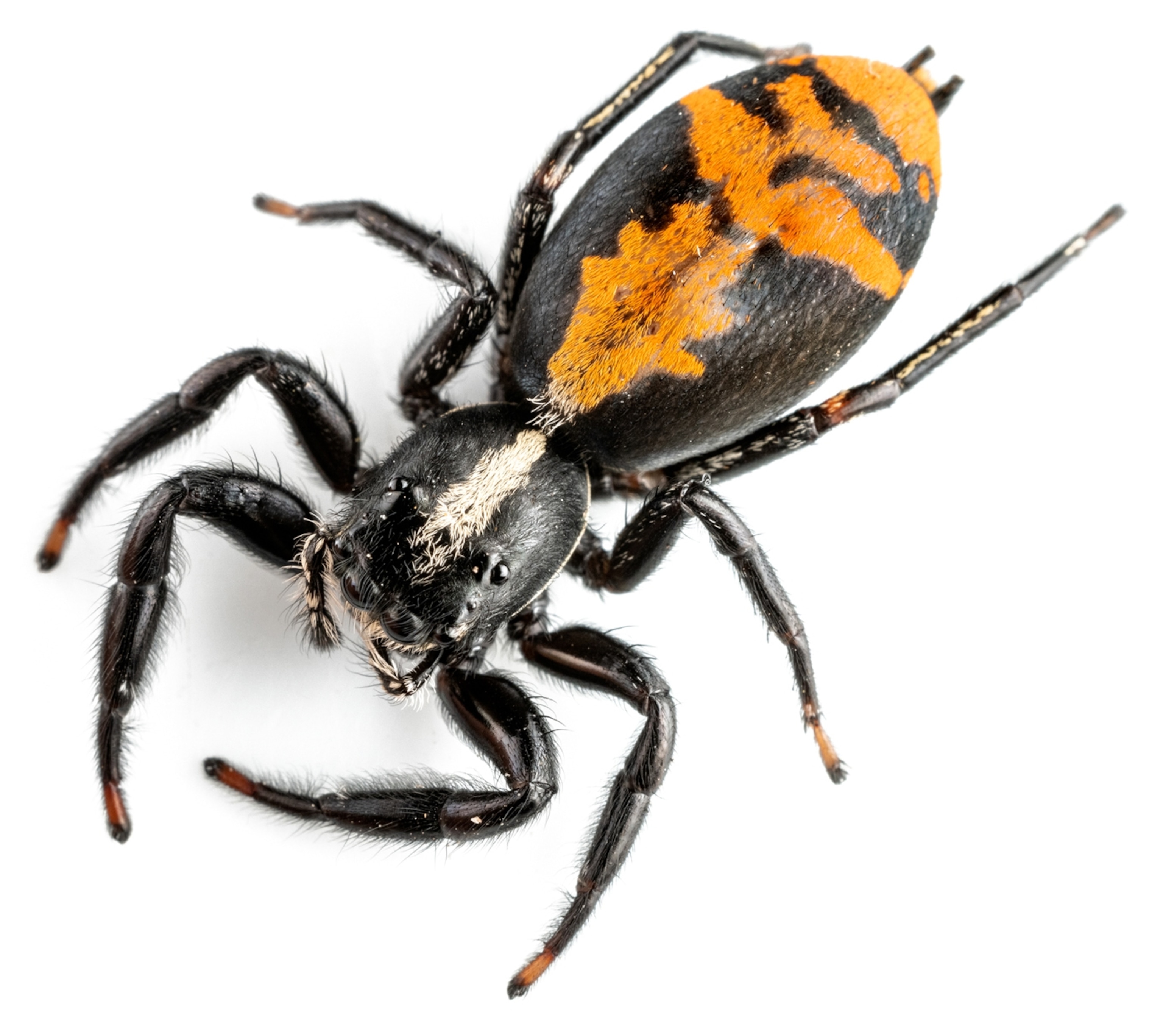

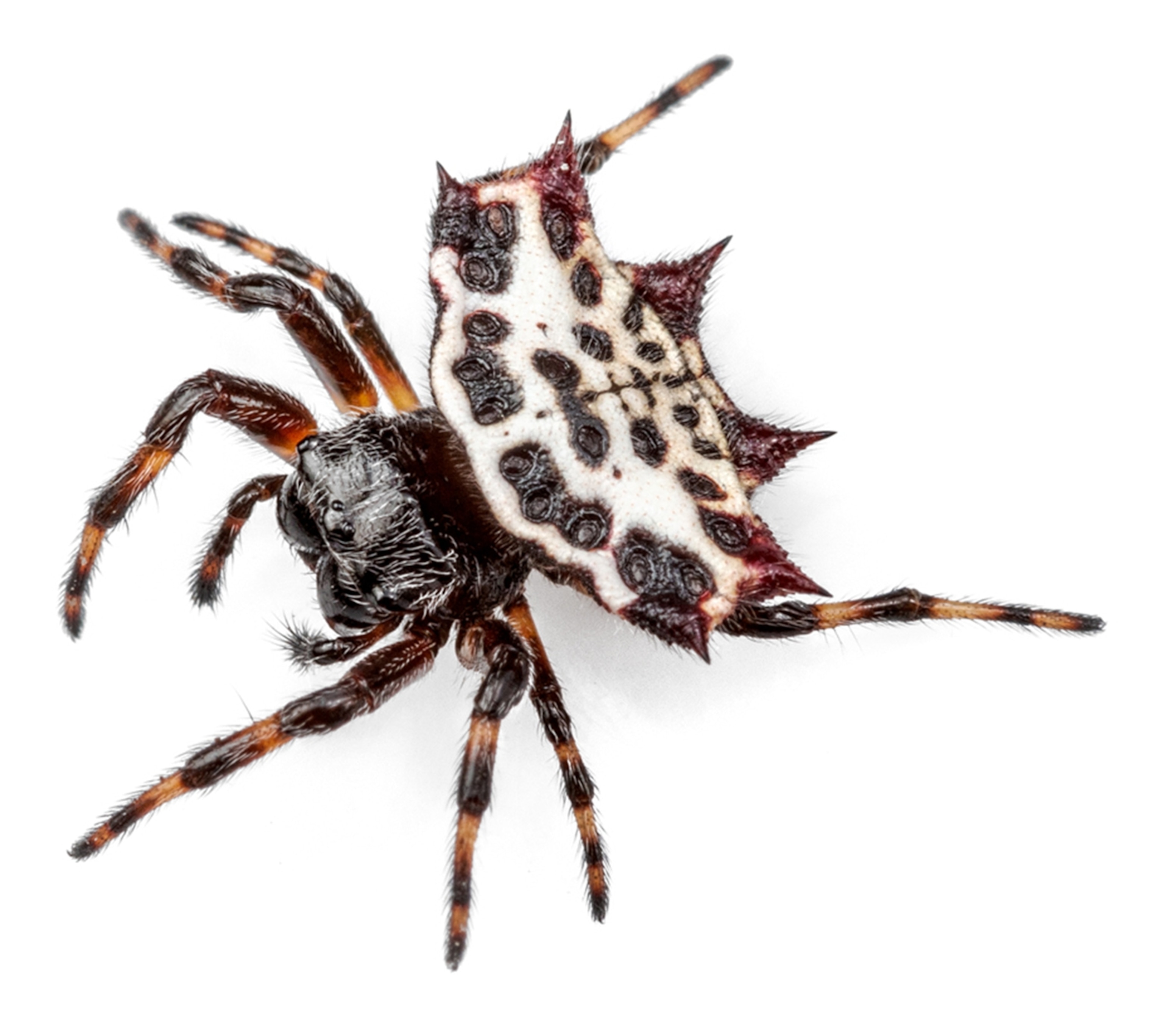

“When people think about spiders, they think of something creepy,” says Javier Aznar, a Madrid-based biologist and photographer who has built up an impressive kaleidoscope of spider images, particularly from the rainforests of Ecuador, where he lived for three years. “But when you look closer, you will see an amazing world.” (Spider silk is one of the most versatile materials on Earth.)

Take the bold jumping spider (Phidippus audax), the charismatic arachnid staring you down just above. Aznar says these spiders, which can be found throughout North America, seemed “friendly,” and were not fearful of him. (Only about a dozen spider species are known to be harmful to people.) A few jumping spider species also have excellent color vision, so when they turn that puppy-dog gaze your way, they’re actually seeing you. (Do spiders dream? A new study suggests they do.)

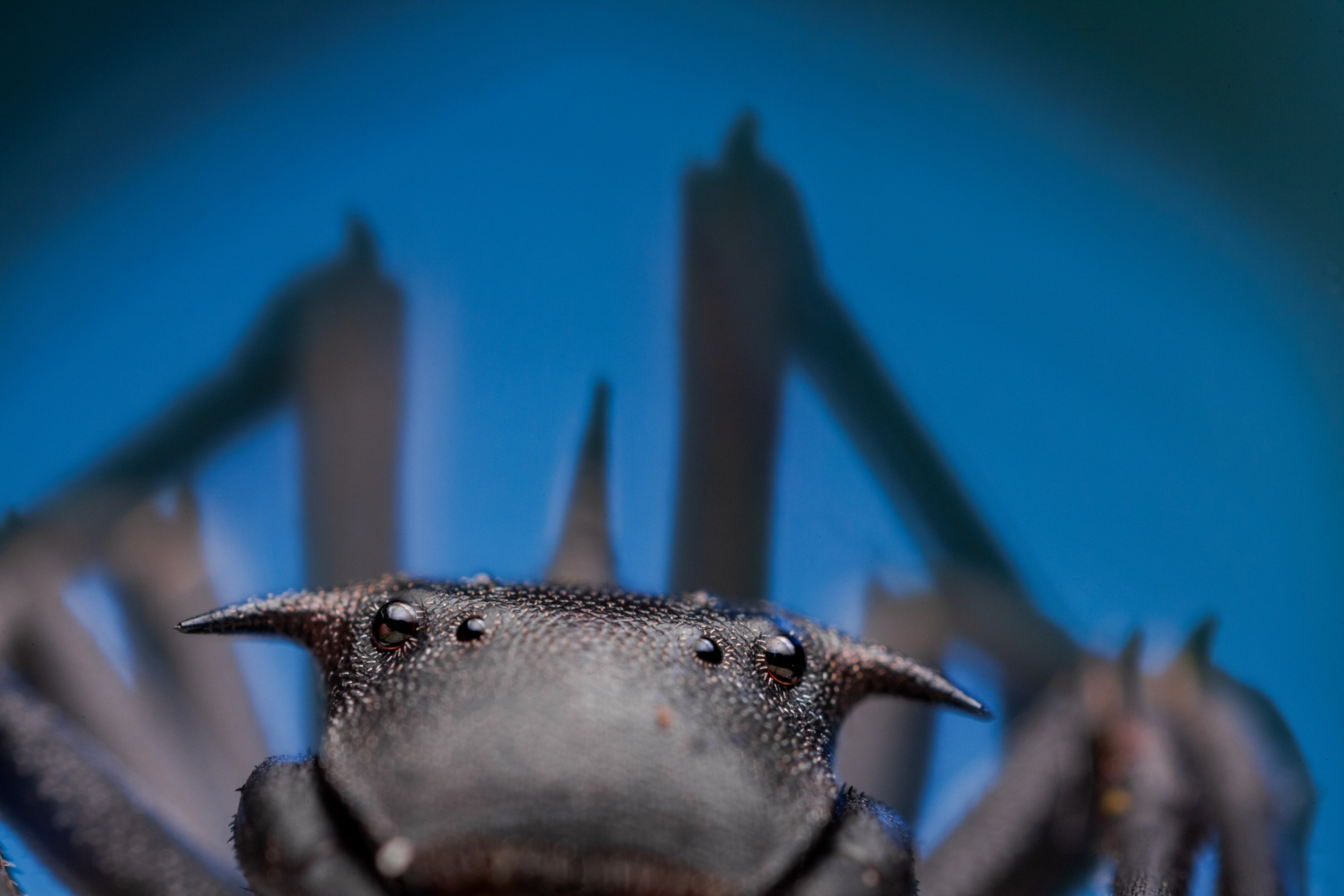
Then there are the fascinating ant-mimicking crab spiders in the genus Aphantochilus, native to South America. Their broad, horned faces are strikingly similar to those of the ants they prey on, allowing them to sneak up on their meals without being noticed. As masters of disguise, the predators can be difficult to find, let alone photograph. In fact, Aznar has only seen them in Ecuador three or four times. (These spiders feed their leftovers to carnivorous plants.)

Navigating such quirks of spider biology makes his work both challenging and fun, says Aznar, who often spends long nights in the jungle trying to catch spiders in action. (These tiny spiders perform a synchronized pop-and-lock ‘dance’ as they hunt.)
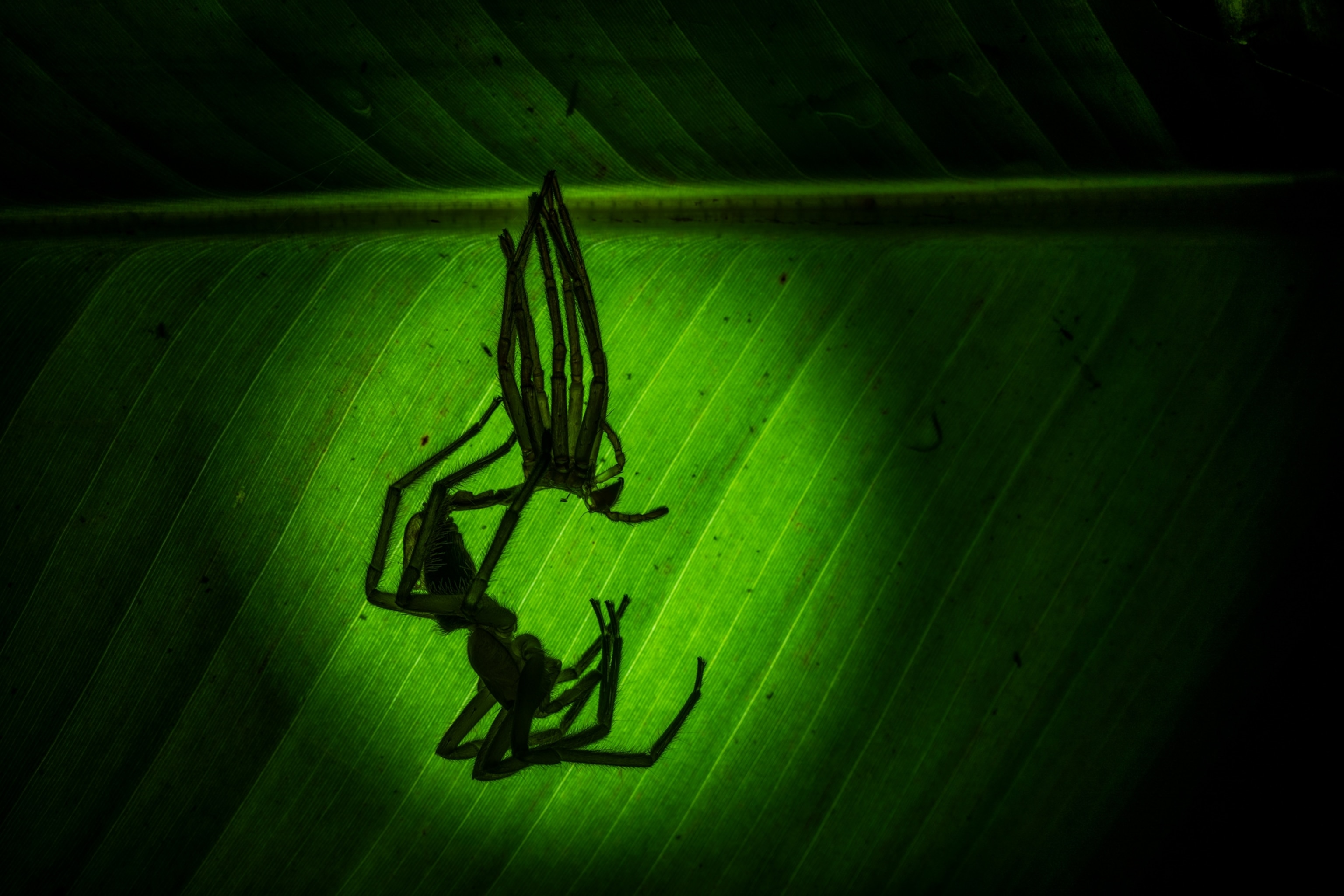


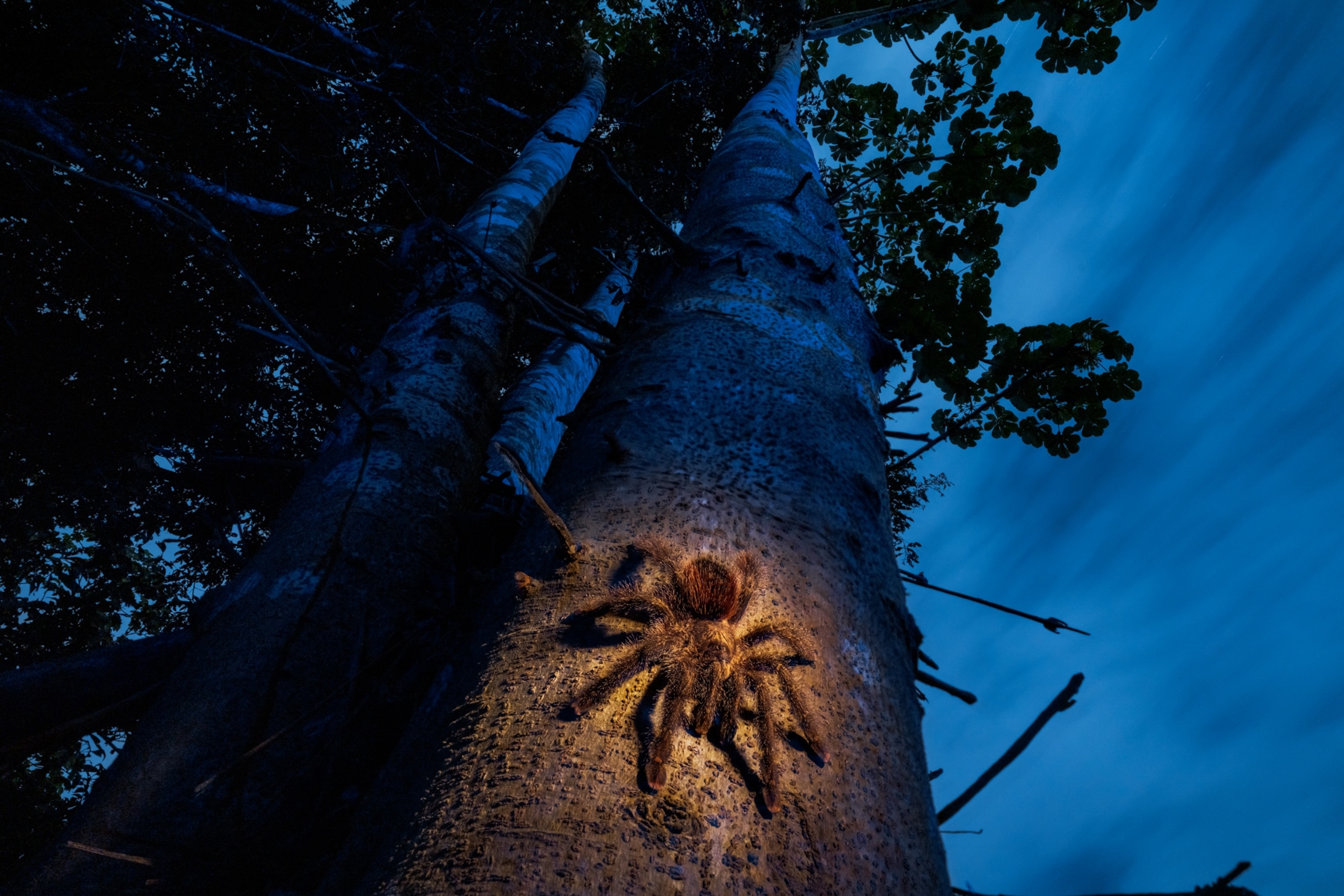
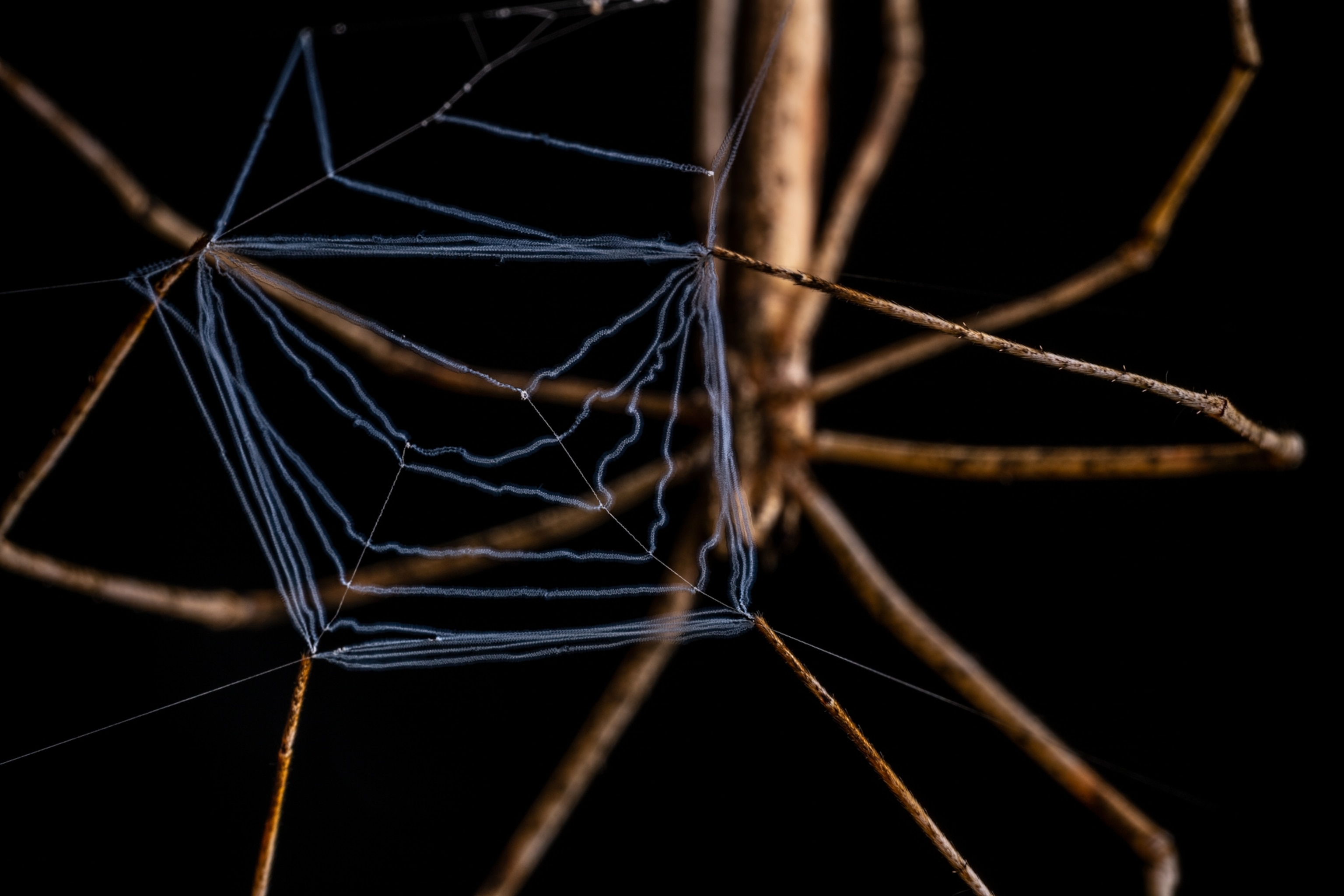
Photographing ogre-faced spiders in Ecuador, for instance, took him several years. Rather than weaving traditional webs, these big-eyed, long-legged arachnids create square nets of silk that they hold with their legs and swat at passing insects. (Ogre-faced spiders have great hearing—without ears.)
However, the animals are skittish and will tuck their snares away and hide if suddenly approached. To capture the behavior in all its glory, the photographer had to become a sit-and-wait predator himself, spending long periods silent and unmoving. Then, one night as an ogre-faced spider readied its attack, with a click and a flash, Aznar finally got his shot.
(World’s Oldest Known Spider Dies at 43, With Lesson for Us)
Explorer. He is currently writing a book for National Geographic
about North American wildlife.
This story appears in the March 2023 issue of National Geographic magazine.


